When the invite arrived for a press place at Ultra Gravel Latvia, Shimano Gravel Alliance rider Ibai Fradejas was a little unsure about whether to accept. Latvia wasn’t a country he knew much about and riding in a gravel event there had never been on his bucket list. That was until he did some research and discovered the vast network of gravel roads they have. If you’d like to find out more about this amazing country then read on…..
I wasn’t fully convinced about accepting the invitation before I turned to Google. Latvia’s geography was totally unfamiliar to me, but I soon learned that it’s not only ranked 70th in the world for its number of roads – totalling just 73,000 km – but that only around 14,000 of these are paved and those are mainly in the big towns and cities. After some quick maths, I figured out that there must be around 59,000 km of unpaved roads. For me, this signalled one thing - paradise. How did I sign up?
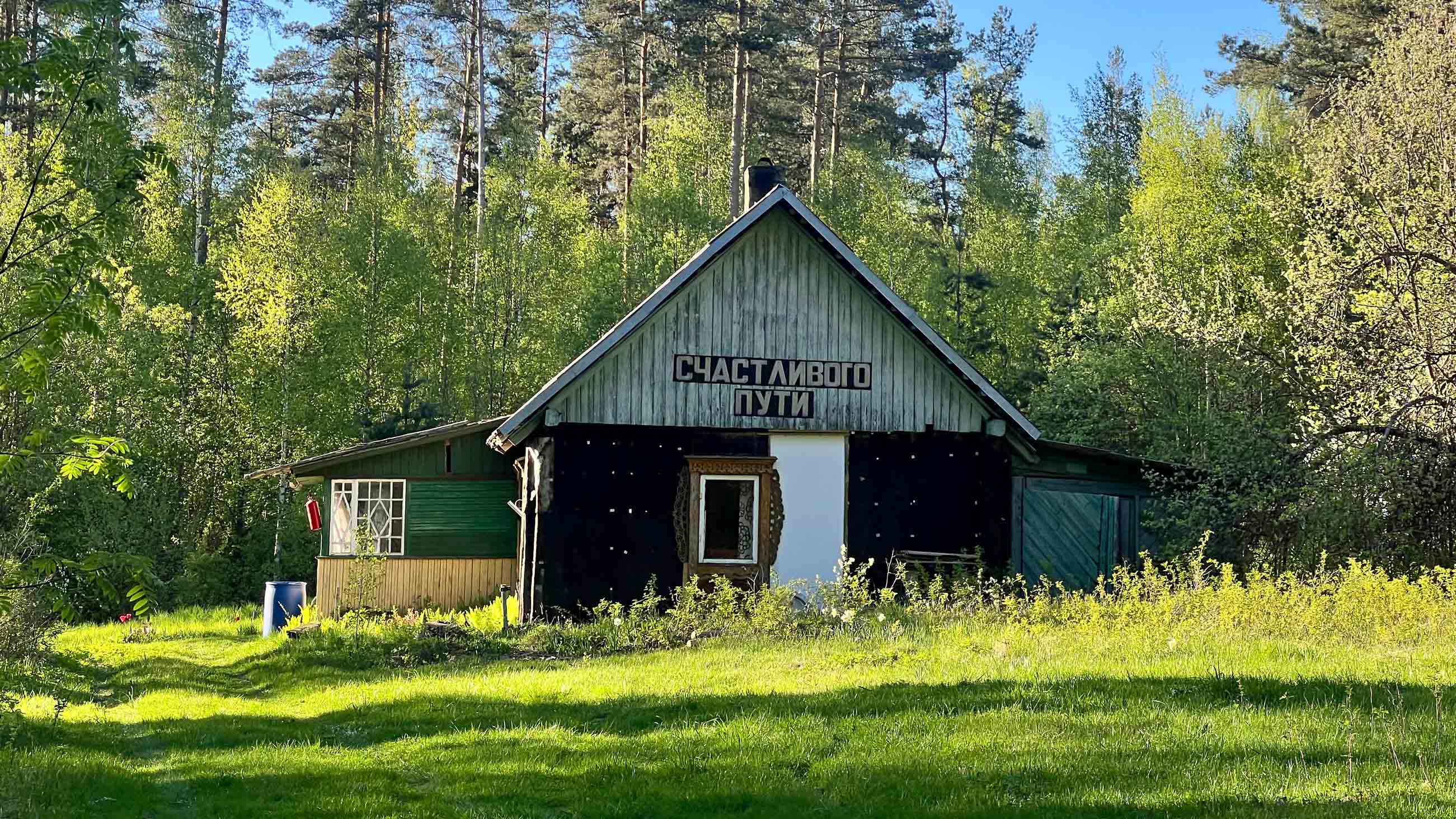
Image courtesy of @Velomens
I flew to Riga, which is the heart of this almost totally flat country on the Baltic Sea. Once I landed, I could tell this country held some treasures that were waiting to be discovered, but first I had to take a four-hour plus train journey to Zilupe where the start of the Ultra Gravel Latvia is located.
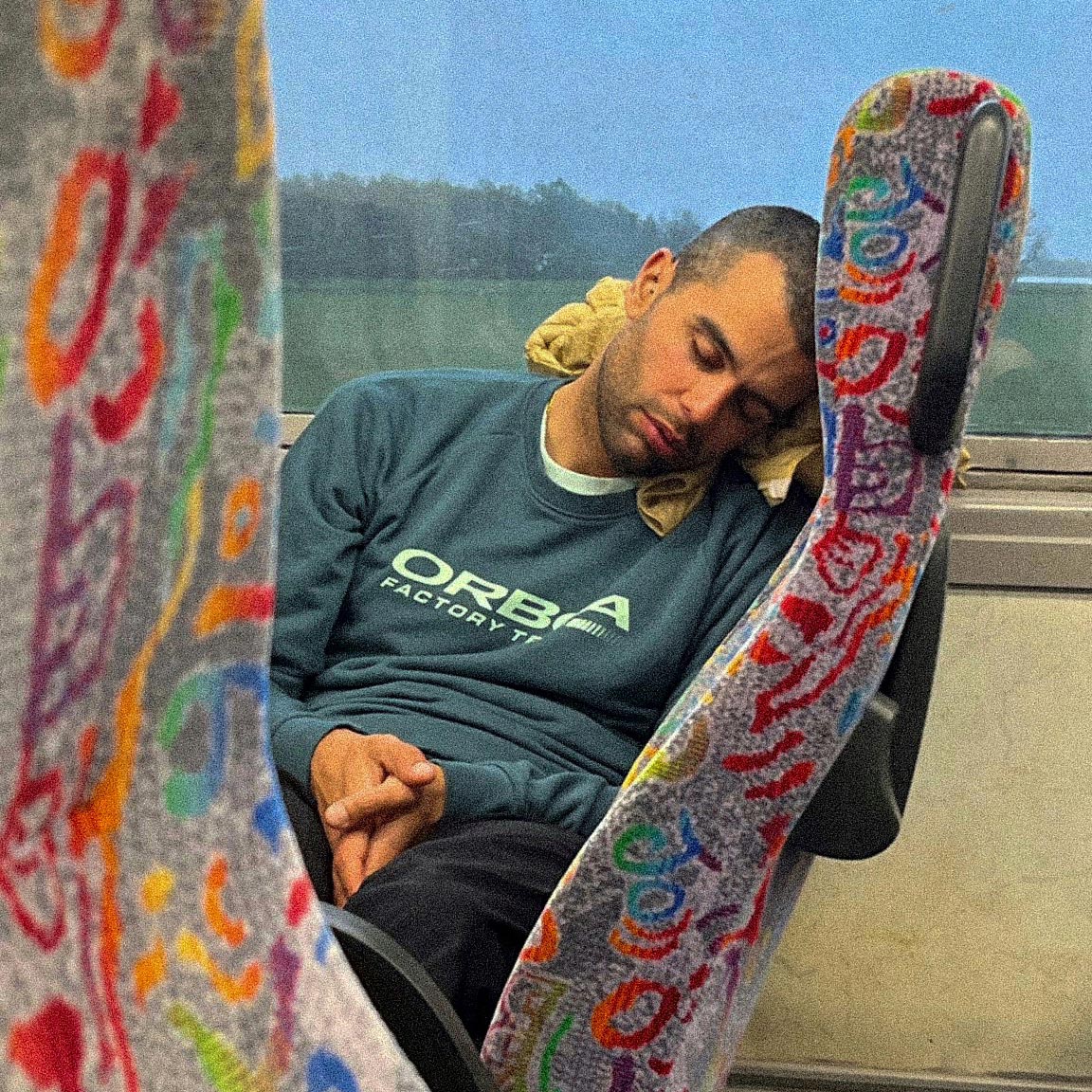
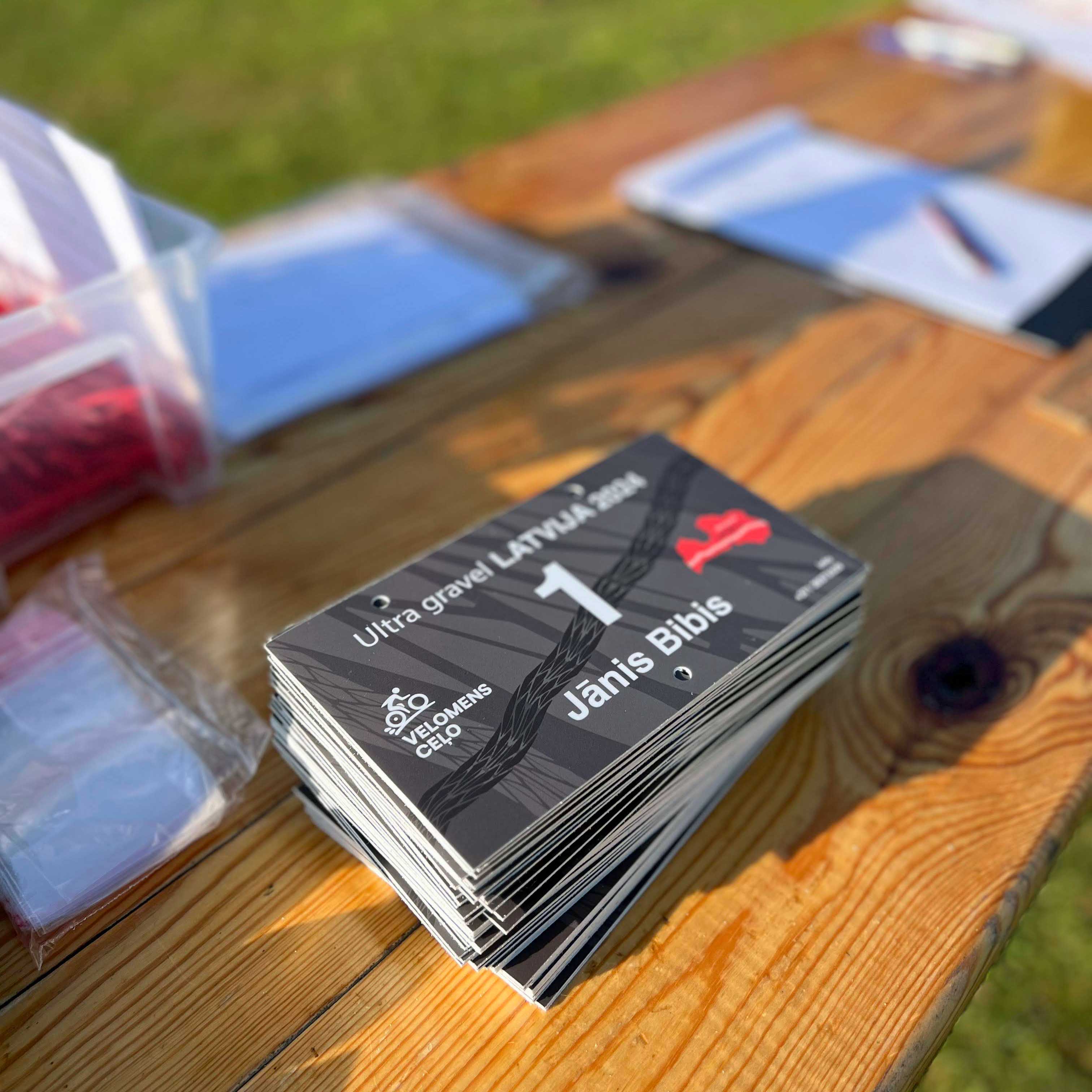
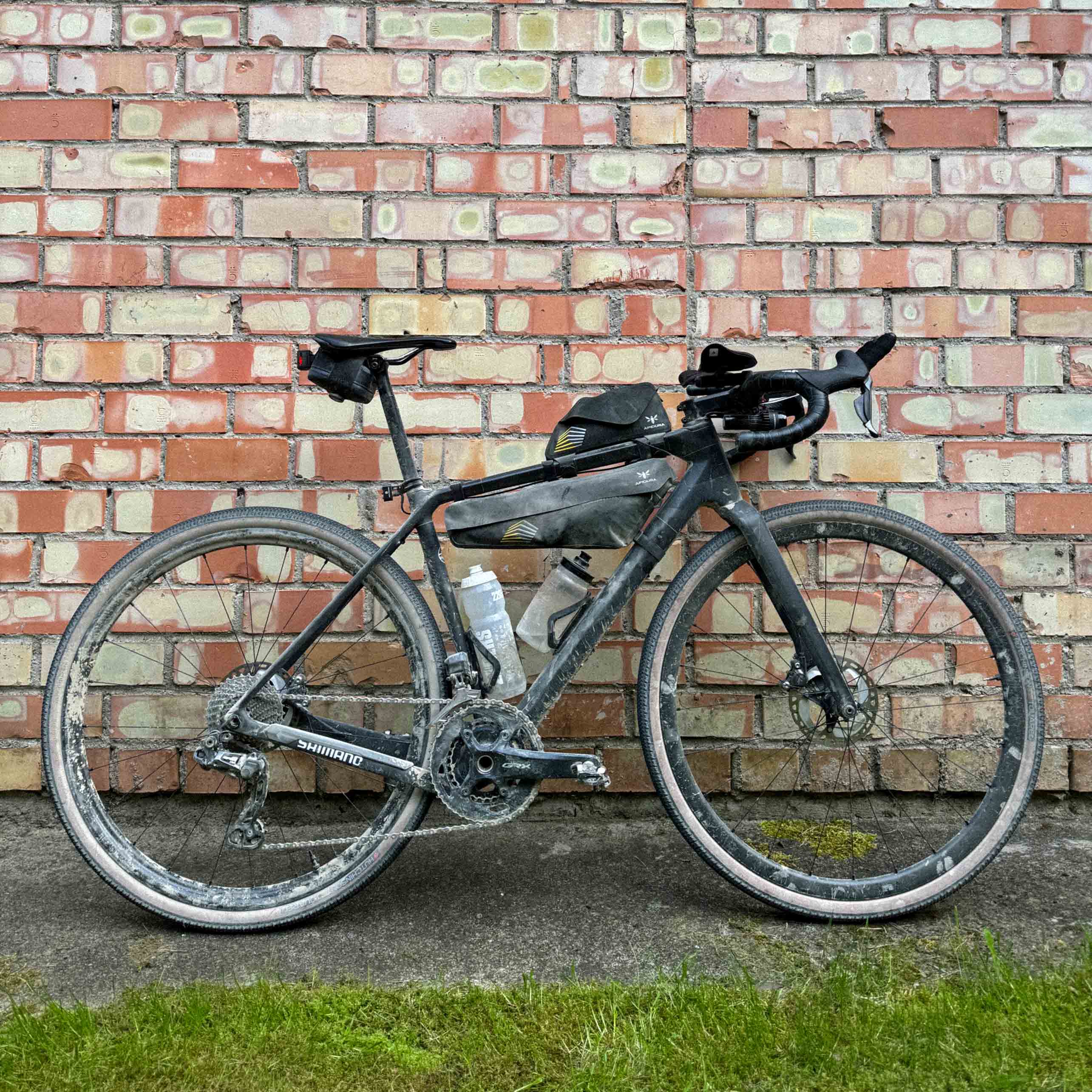
Image courtesy of @Velomens
I get off the train with my bike in a cute, little town in the East on the border with Russia and settle into a wooden fisherman’s hut on the edge of a crystal-clear lake surrounded by enchanting-looking forests. If I’d come here looking for inspiration, I was in the right place.
The next morning is race day and there’s a neutralised start, leading us into a technical section of sand. We leave it behind in an instant and I’m soon riding at a high speed across Latvia’s picturebook landscape.
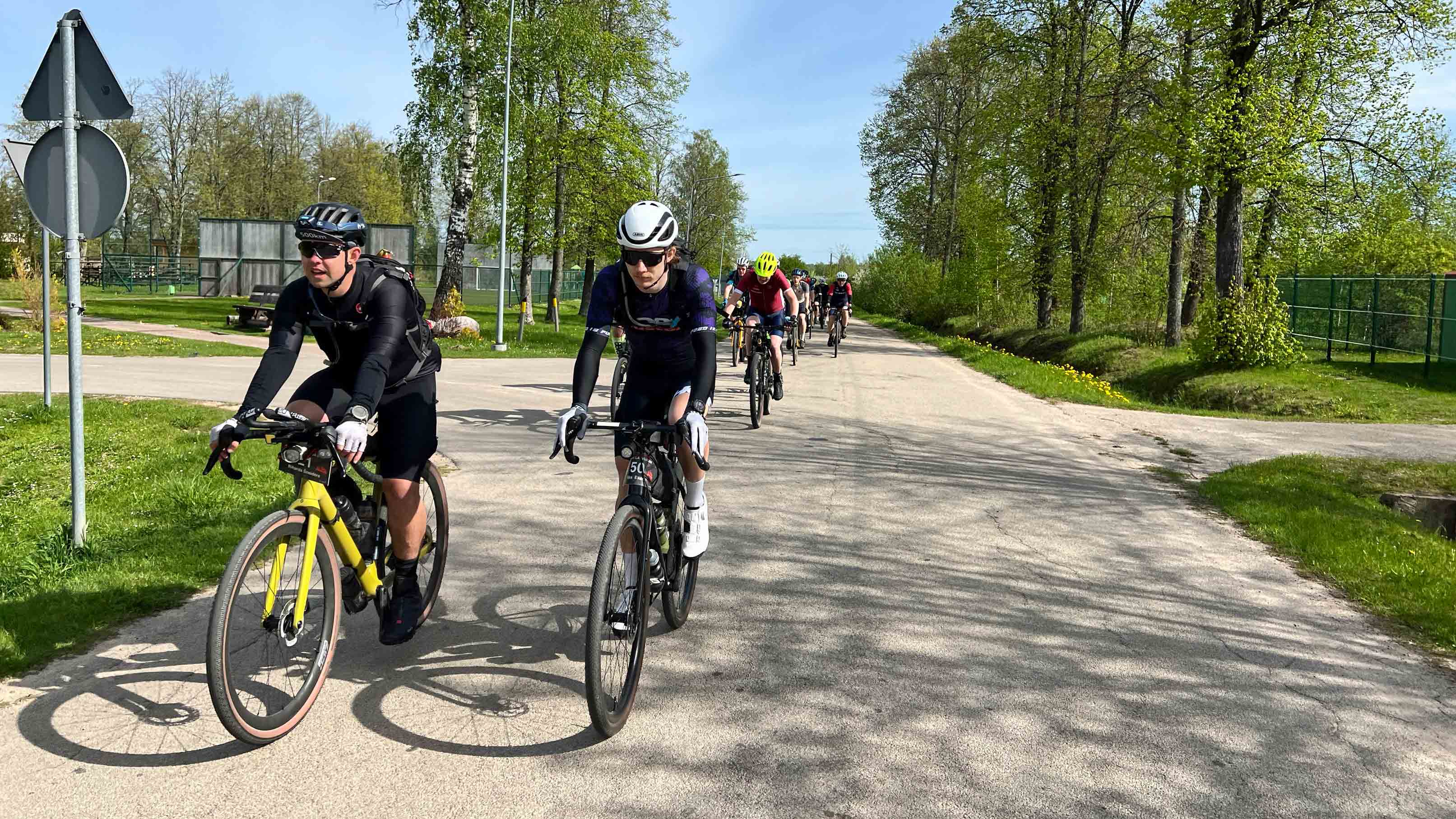
Image courtesy of @Velomens
The urgent need to pee gets to me at around 10 km into the 600 km race, but I try to ignore it—from experience, I knew it’d be a mistake to let go of the group this early on. The size of the group gets smaller as we ride on, until there are only seven of us charging along frantically at the sharp end of the race. At 130 km, we reach the first checkpoint in Preili. I must have been stationary for a little over 60 seconds – just enough to wee and refill my bottles – but two riders get away even faster so I have to set off in hot pursuit.
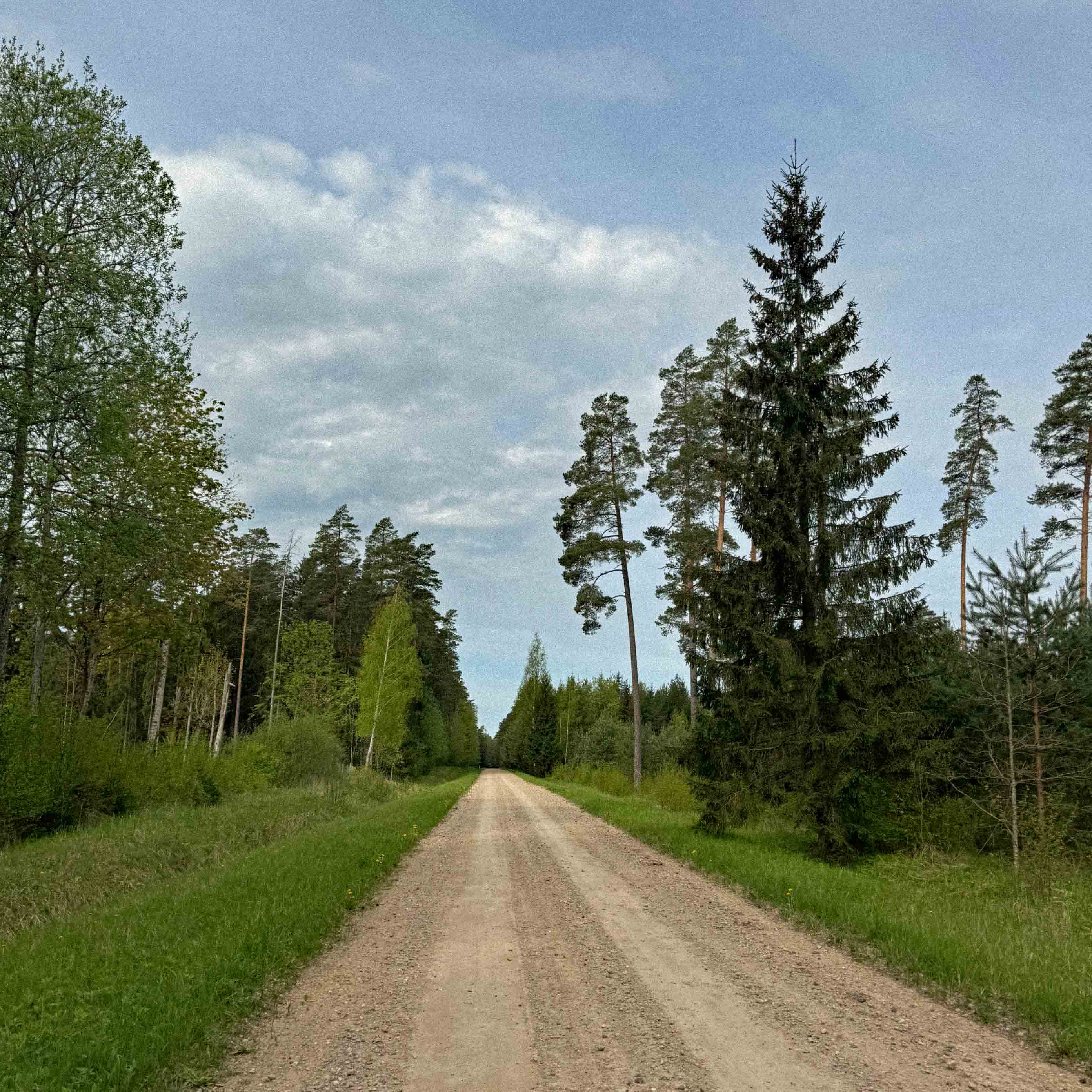
Image courtesy of @Velomens
I soon catch the second of the two, and we form a good group of three to chase the solo leader. At this point, I notice my front tyre is a bit soft, so I have to stop and pump it up. One of our trio graciously waits with me, and two other riders overtake us. Back on the bike, there are now four riders ahead of us, which motivates us to get on the drops and chase again. Latvia, I was learning, is just as flat and fast as they’d told me.
Within a few minutes, my front tyre is out of air again. I stop on my own but frustratingly can’t see any signs of a puncture. The steady stream of riders that are passing me adds to my agitation and I eventually got back into the race in 12th position, aware that any aspirations I’d been harbouring to be competitive had now turned to dust.
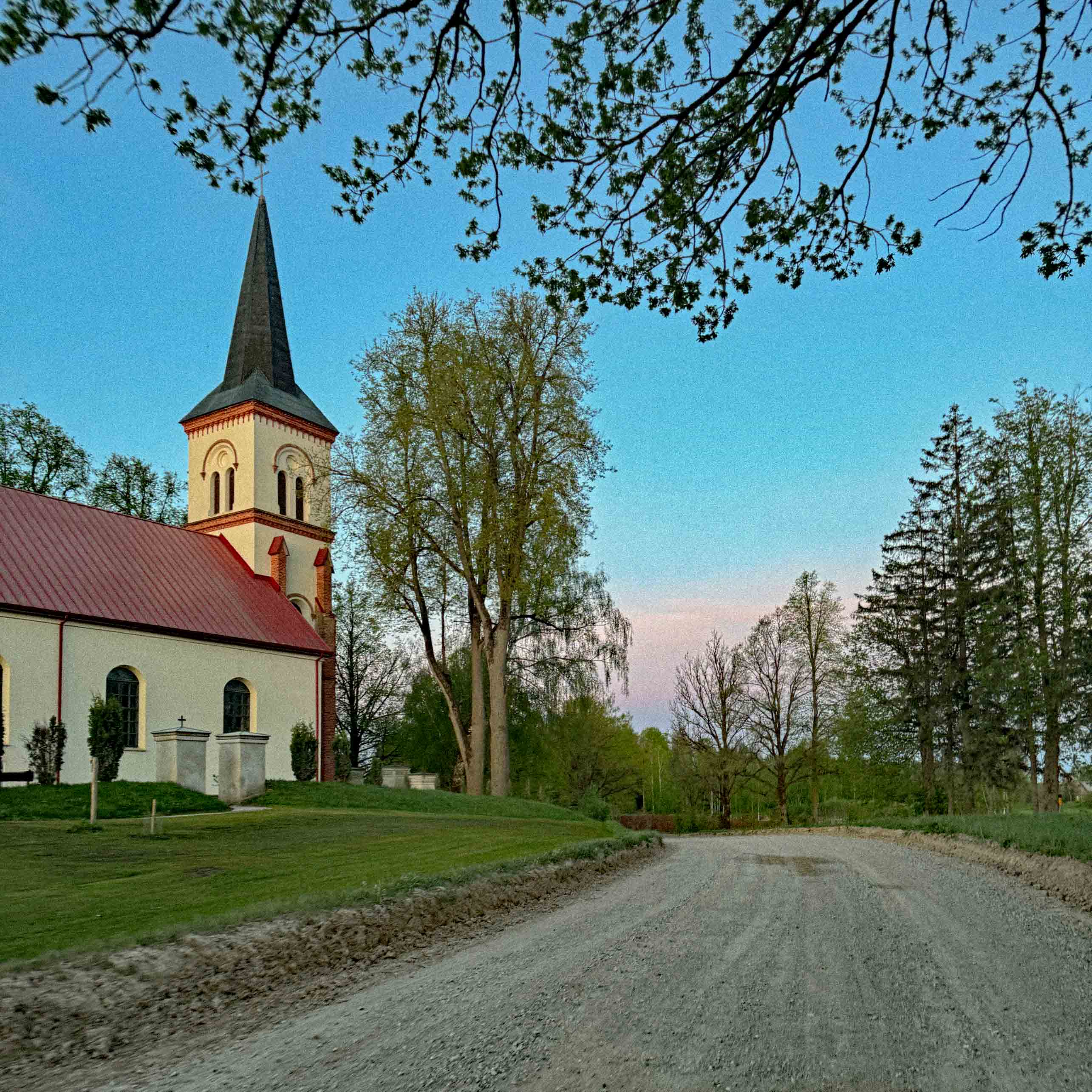
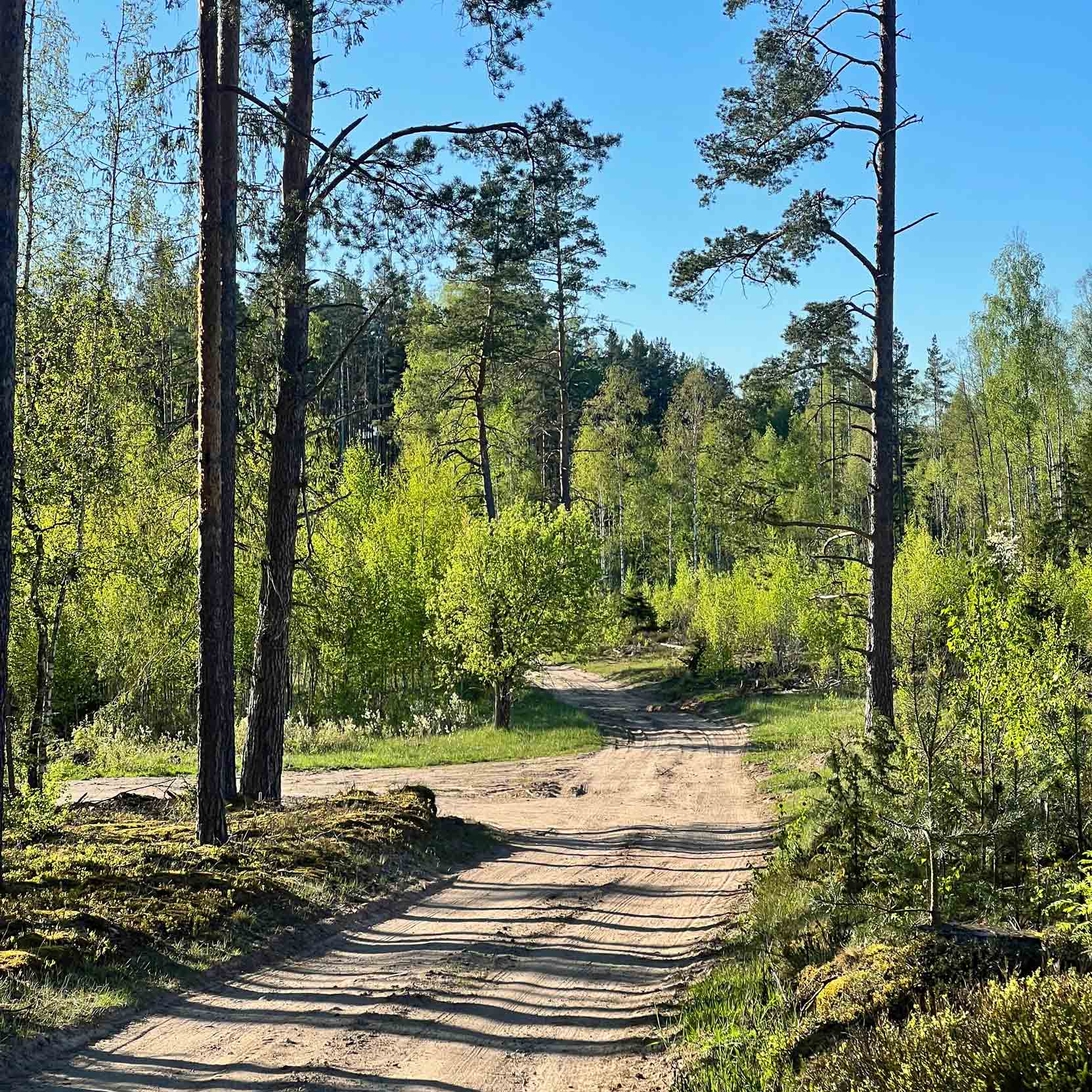
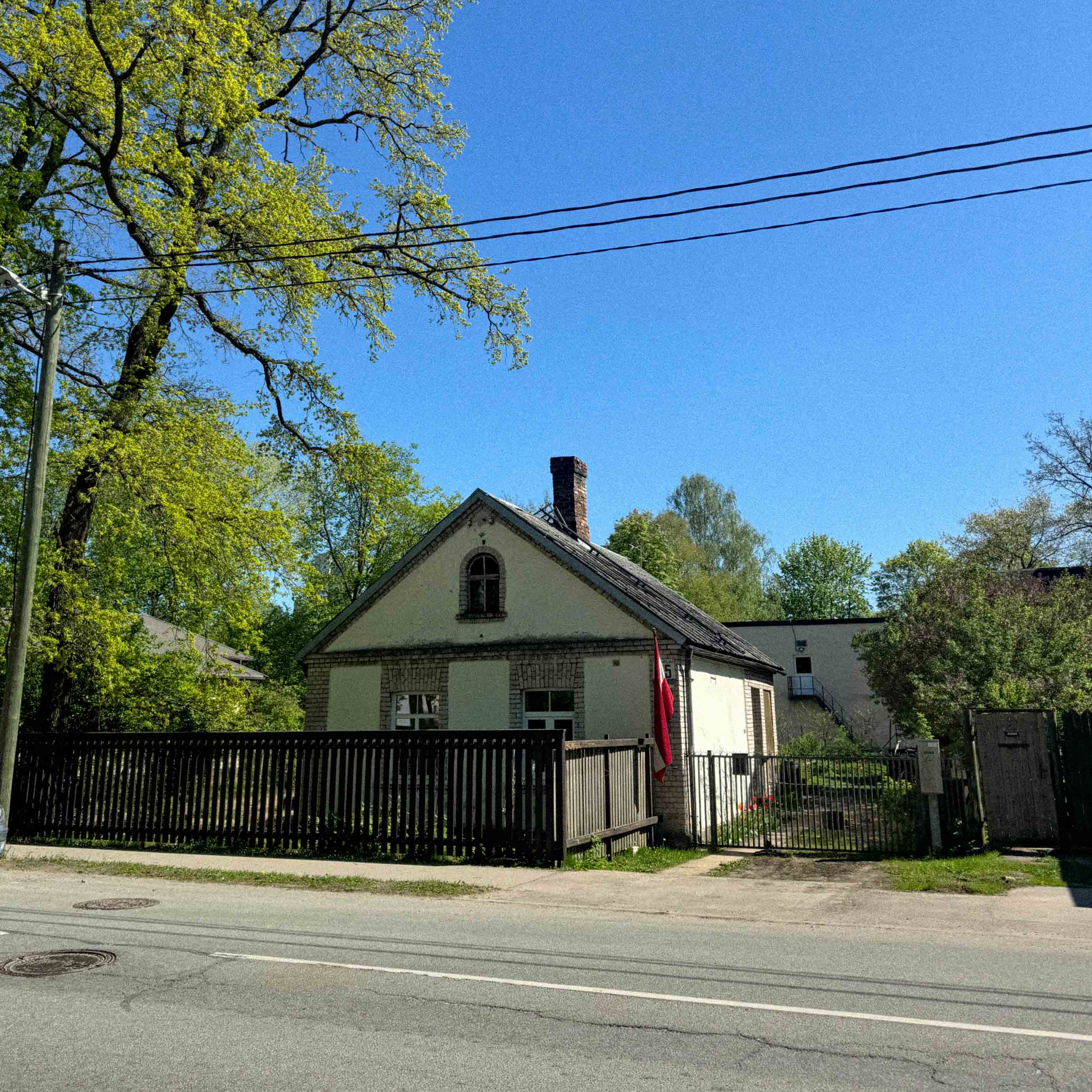
Image courtesy of @Velomens
It is like a switch had been flicked. I deactivate race mode and focus on enjoying each town and village we ride through. The kilometres fly by as I get more and more wrapped up in Latvia’s fascinating history, marked by ancient Baltic cultures and the influence of earlier civilisations, including the Vikings and the Crusaders. Before long, I realise we’ve unintentionally been closing the gap on the groups ahead of us and have made up a ton of positions.
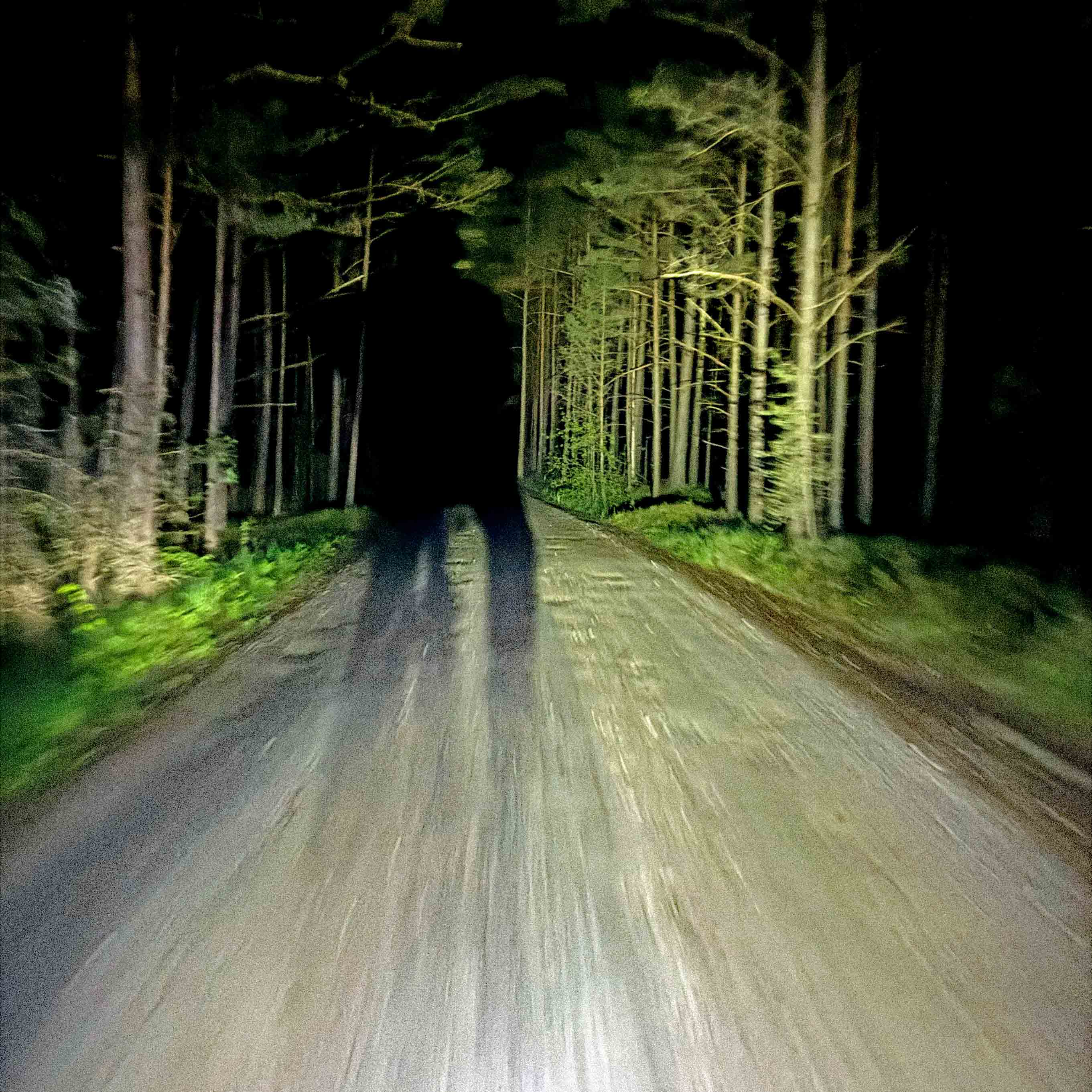
By 9 p.m, me and a pair of two other riders reached the second checkpoint at 290 km in Valle. We were in the third to fifth positions and I’m now in a predicament that feels familiar: Did I want to push on for the podium and ride through the cold night on my own, or rest until sunrise in a cabin and enjoy the remaining 300 km?
Tough choice, but sleep won.
With my new, pressure-free approach, I am able to lift my gaze from the stem and scan the horizon non-stop, letting my mind comb the lush forests that heave with ancient secrets, evoking the legends of pagan gods that once ruled over this place. The calm rivers and small green hills are a constant reminder of the deep connection between nature and spirituality in Latvia culture.
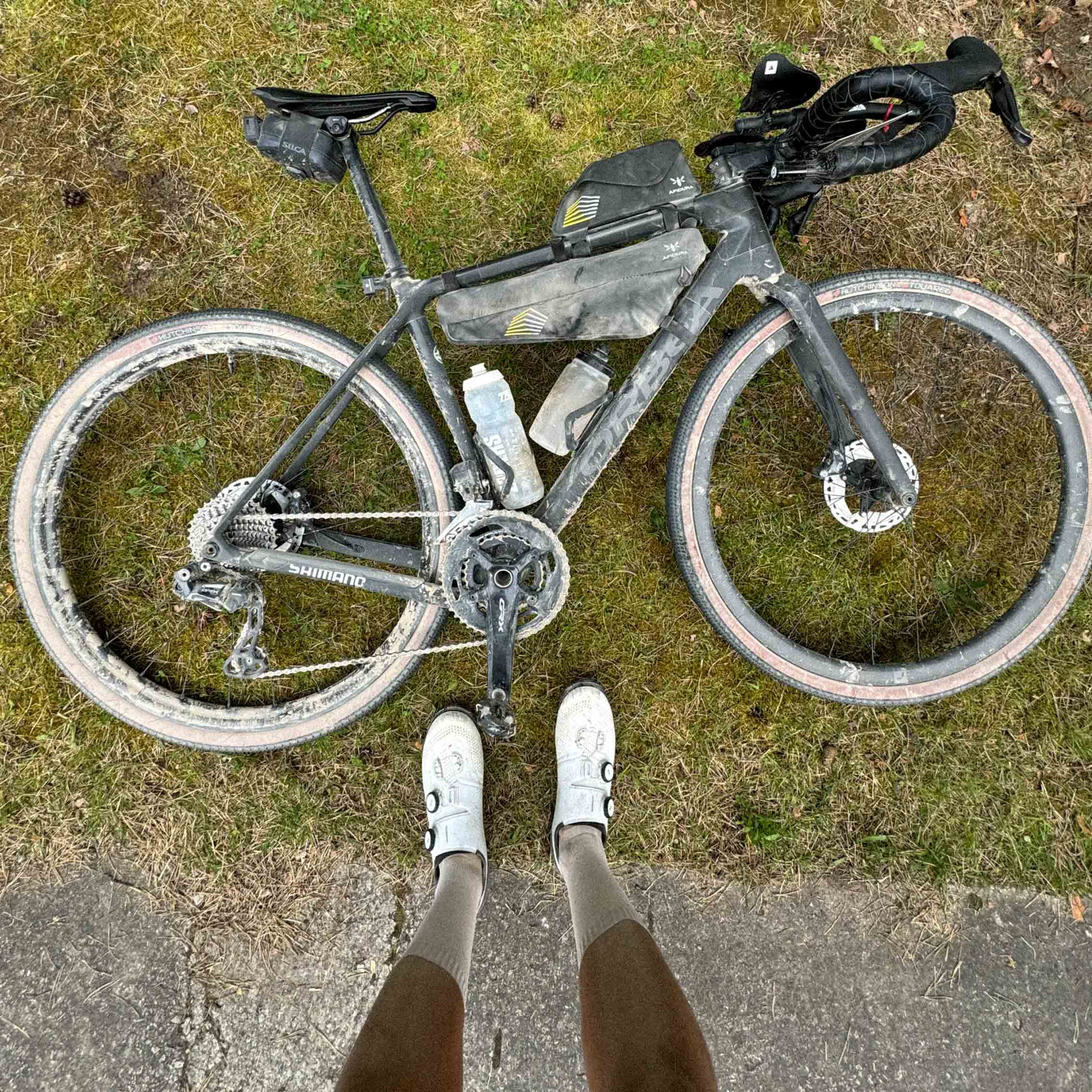
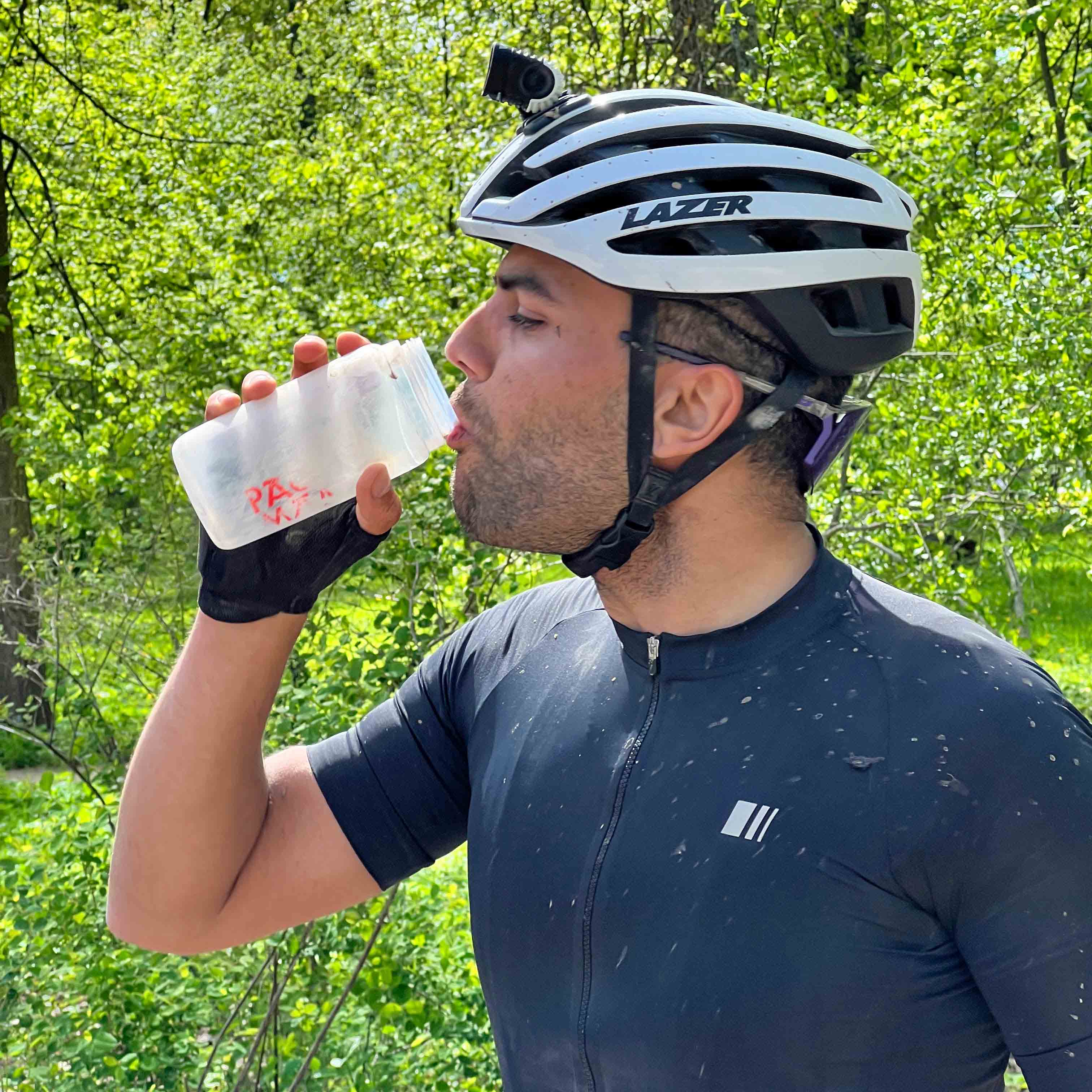
Image courtesy of @Velomens
An old border road with Lithuania, which dates back to the Cold War, leads us to the third and final checkpoint in Auce at 440 km. I can already feel the coastal breeze on my face, which means the finish line is getting closer. This is the ruins of a Soviet military base, which had been the closest point west of the Soviet border in 1991. I am glad I am not full-gas racing at this point, so I can look around properly.
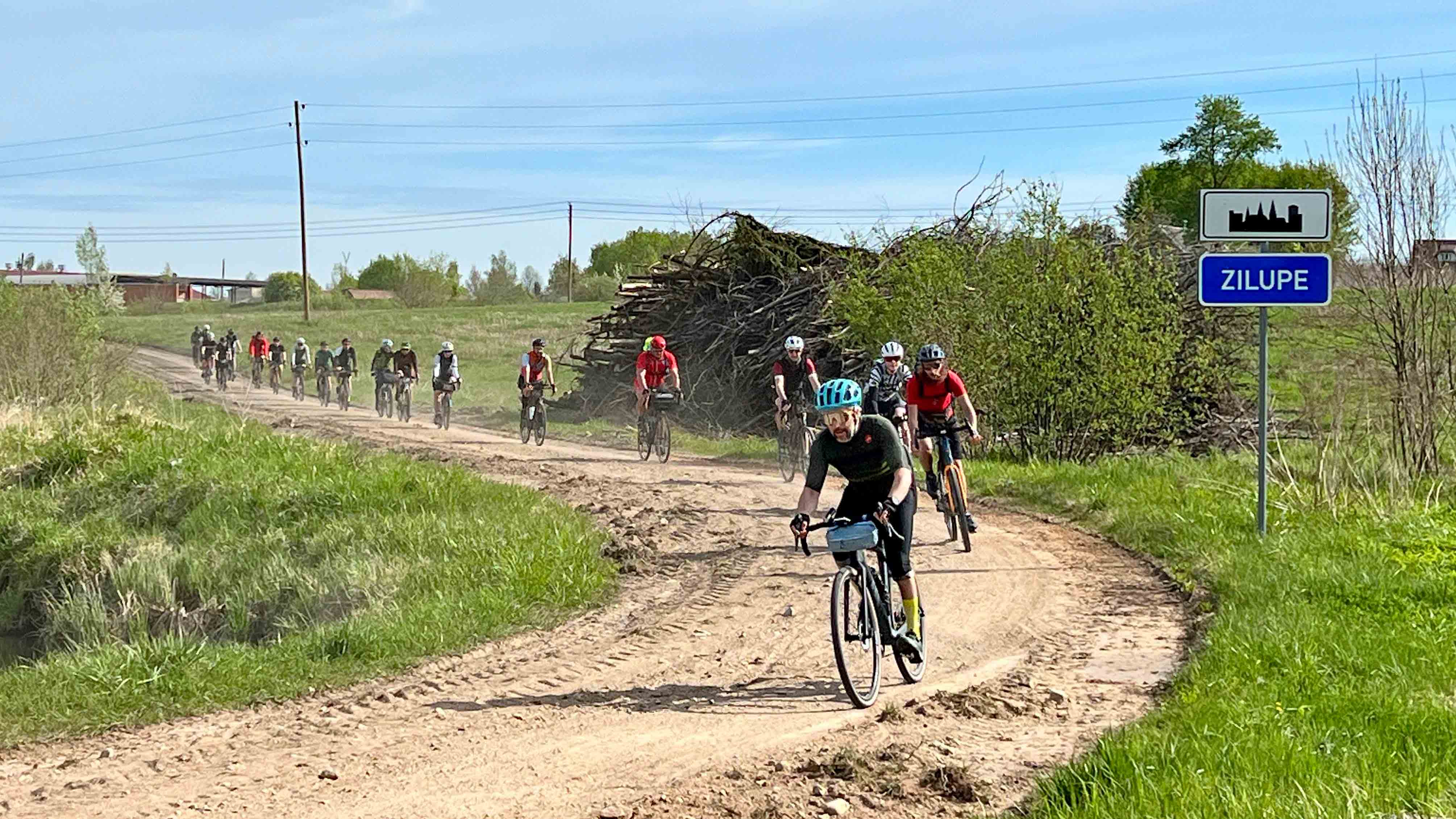
Image courtesy of @Velomens
Throughout the entire 590 km of gravel – topped off with multiple sandbanks on the run-in to the finish – I am getting to know a country full of contrasts, where history and modernity are fascinatingly intertwined. The finish is in Liepaja on the west coast, a particularly beautiful port city with imposing fortifications and a lively cultural scene, which prompts me to reflect on how Latvia has changed not just over centuries, but also in recent decades.
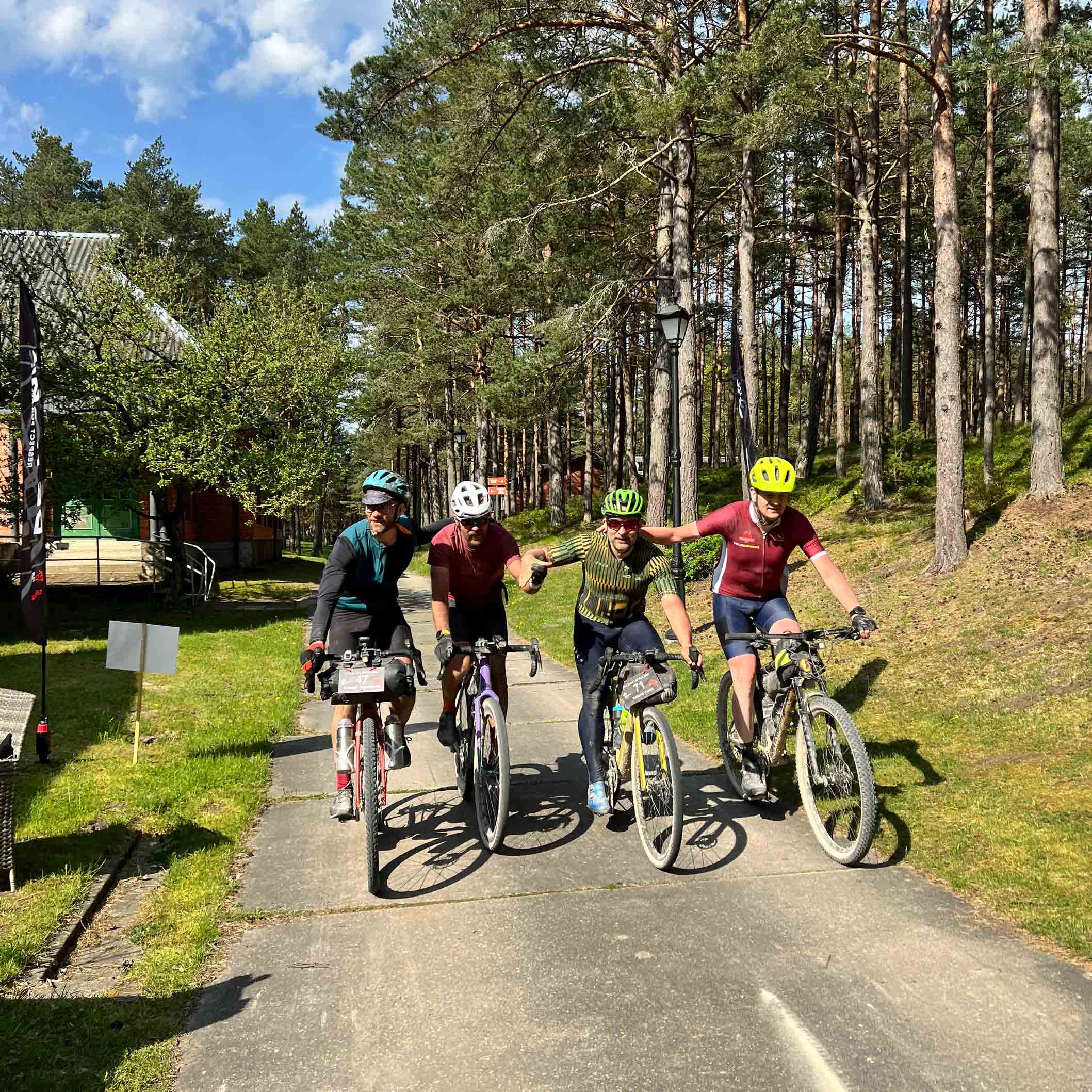
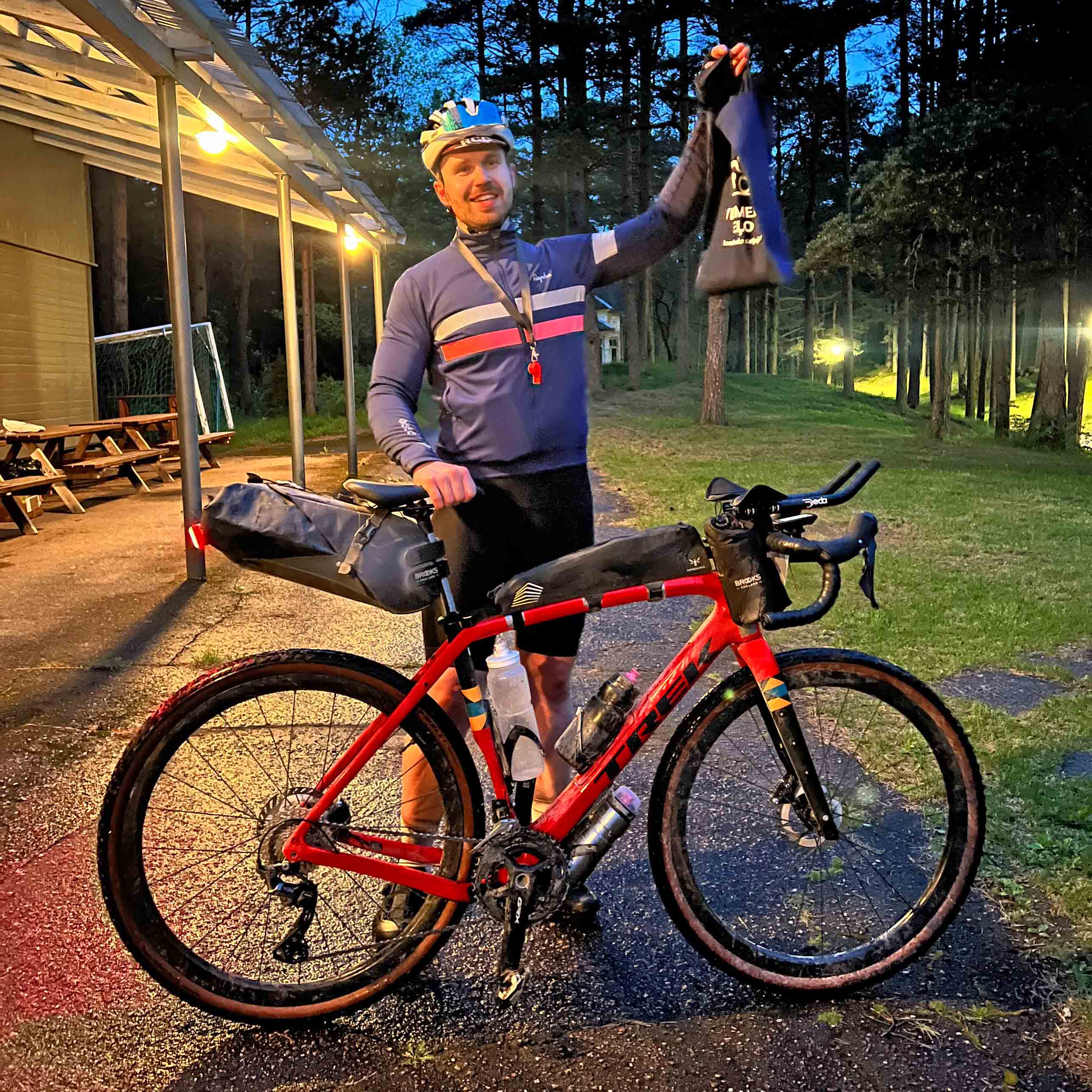
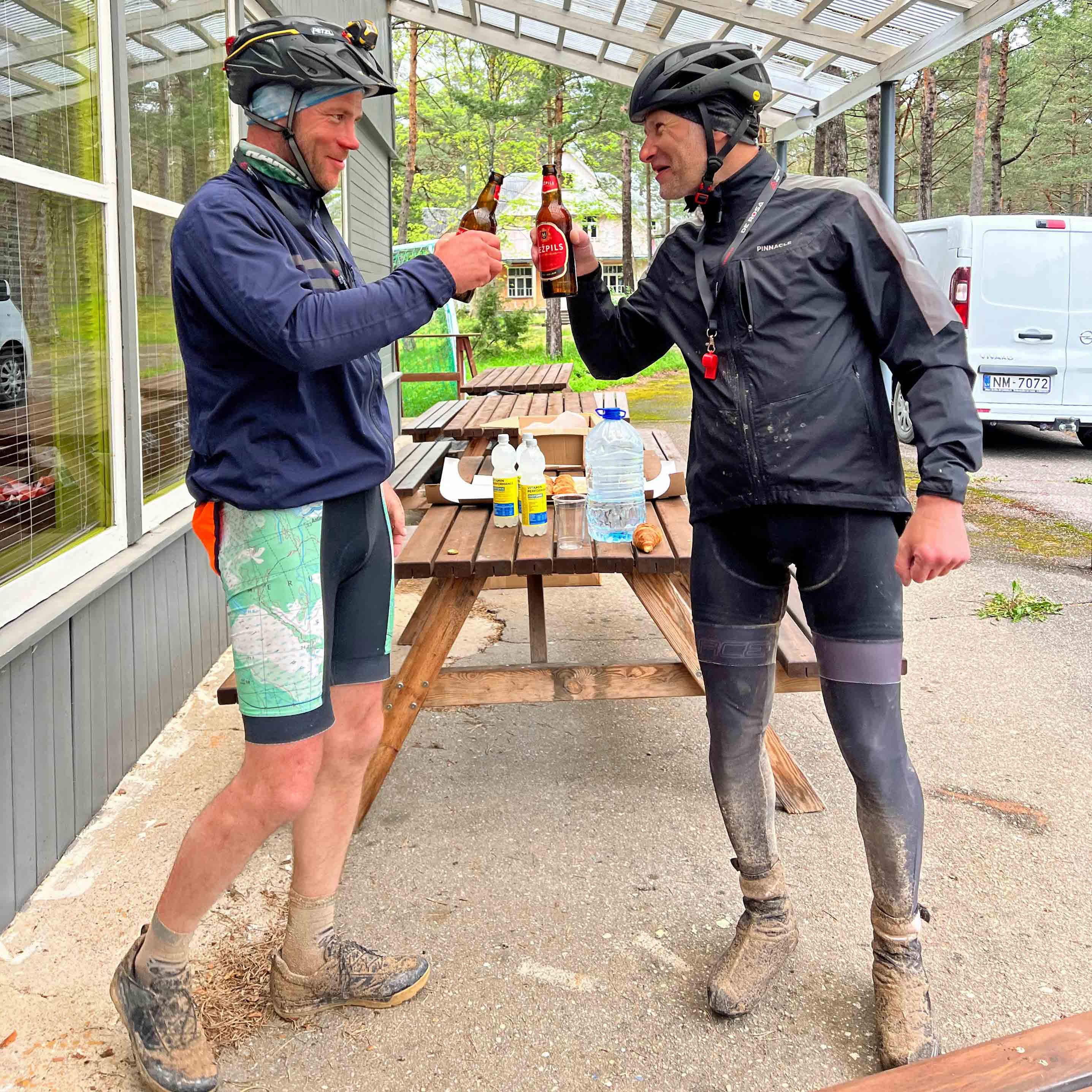
Images courtesy of @Velomens
Having taken place on the same weekend as The Traka, Ultra Gravel Latvia would probably have struggled to make itself heard in the furore of the gravel scene. But if my experience counts for anything, it was a brilliantly well-organised bike race that gave me an opportunity to explore a new, breathtaking landscape and immerse myself in the magic of a new culture and richness of its history.
I hate to say that I’ve now “done” Latvia, but it does make me wonder: where should I explore next?
Text and images by @Ibai Fradejas except where credited